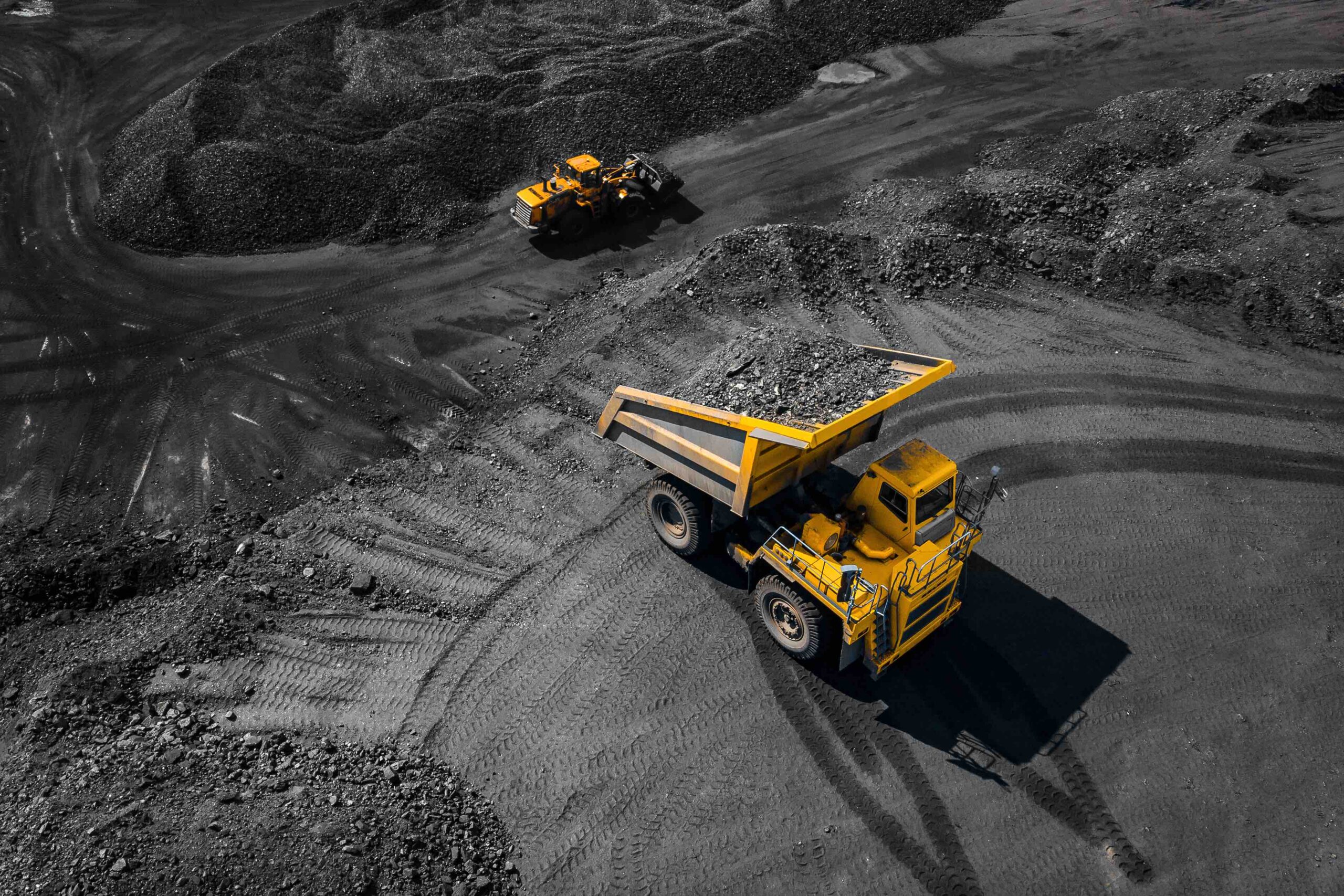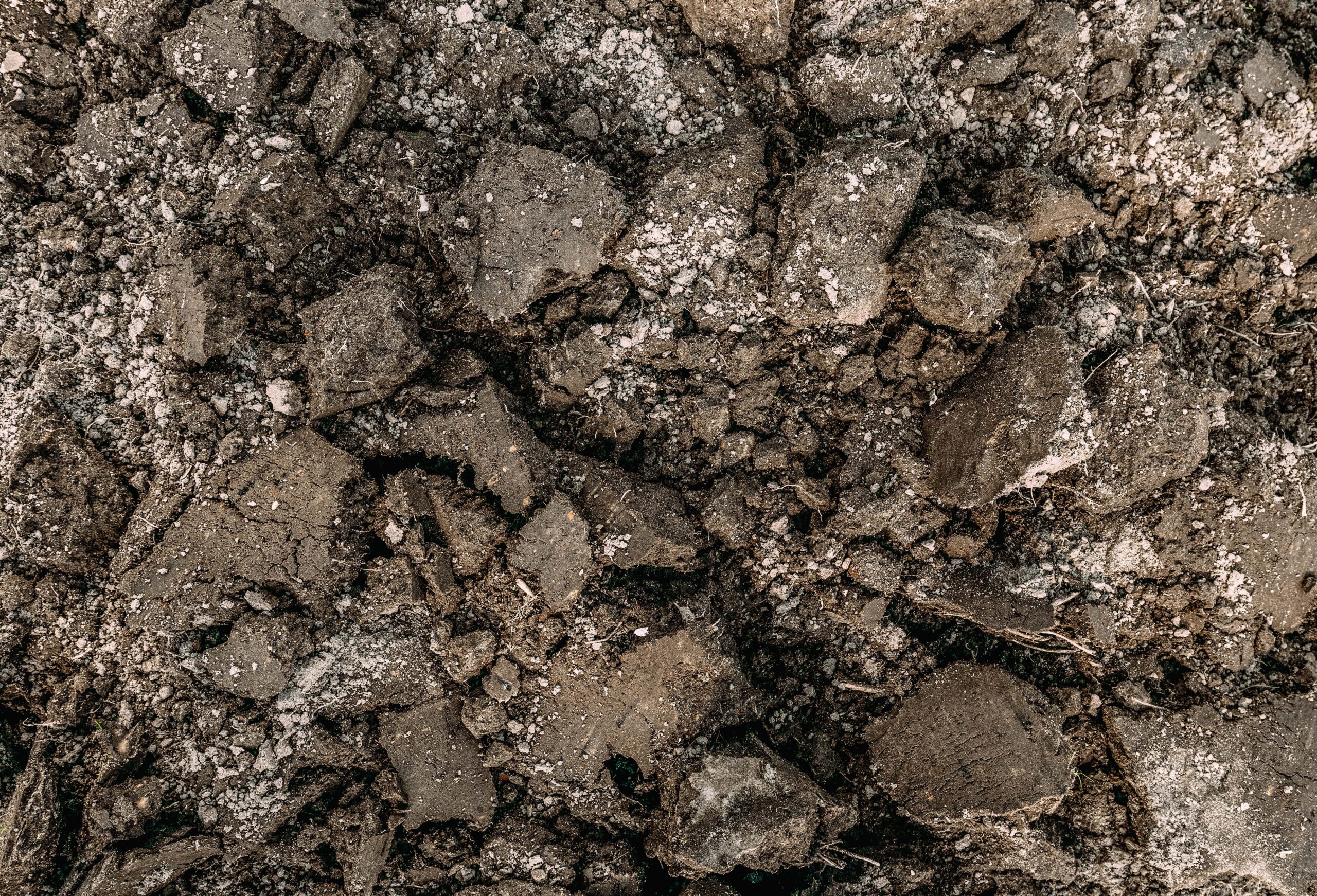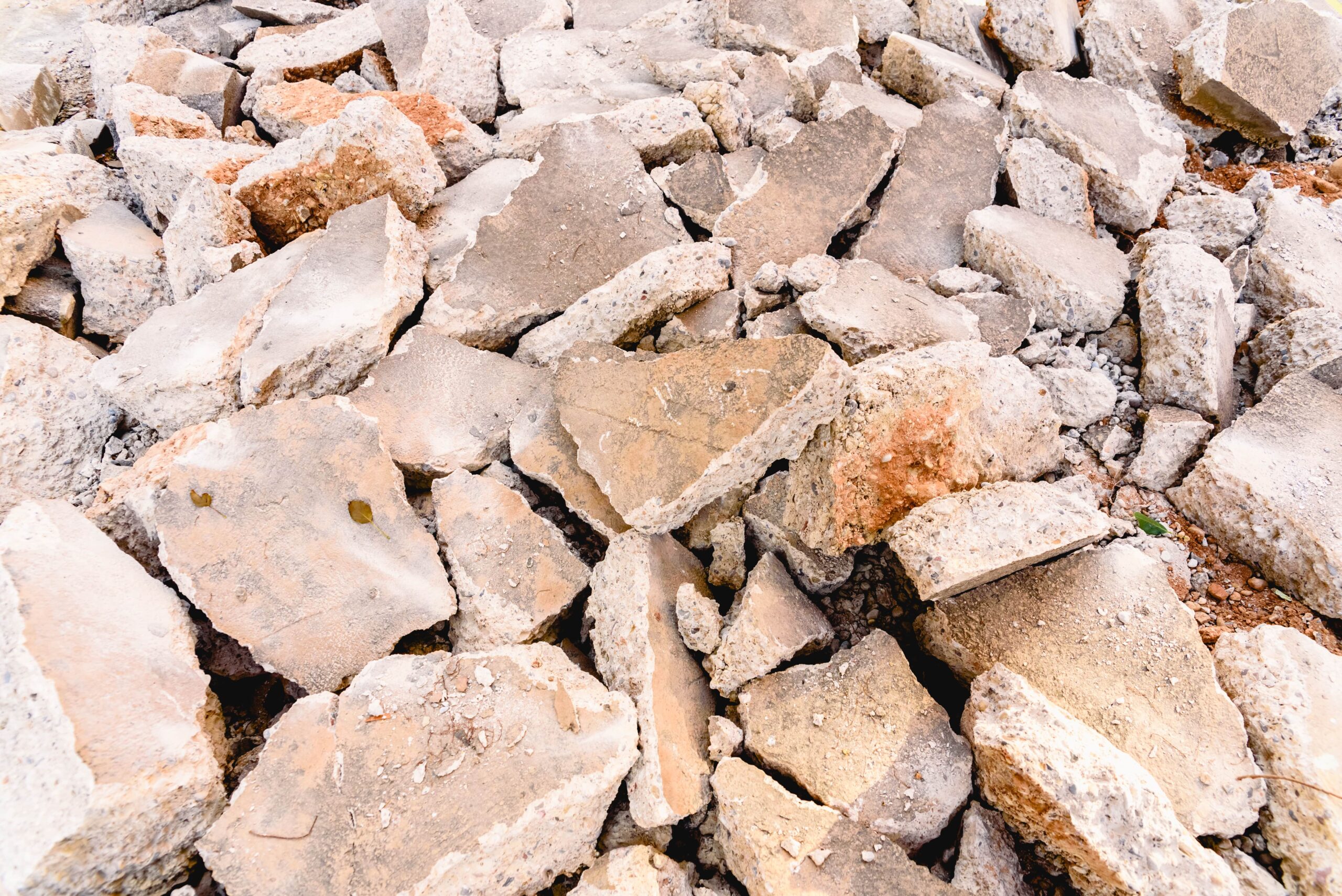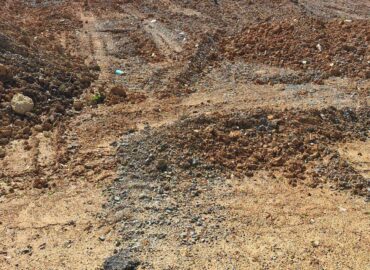FLY ASH
Harnessing Sustainability and Efficiency in Construction through the Purchase of Fly Ash
Introduction
In the pursuit of sustainable building practices, the construction industry has increasingly turned to alternative materials, such as fly ash, to reduce environmental impact and promote resource efficiency. This essay aims to explore the significance of purchasing fly ash for construction purposes, highlighting its environmental benefits, cost-effectiveness, and practical applications in modern construction projects.
Advantages of Buying Fly Ash
The use of fly ash presents significant environmental advantages. As a byproduct of coal combustion, fly ash utilization diverts this waste material from landfills, reducing the strain on waste management systems and minimizing environmental pollution. Incorporating fly ash into construction materials helps to conserve natural resources and mitigate the carbon footprint associated with traditional manufacturing processes, contributing to sustainable development practices.
Furthermore, the cost-effectiveness of fly ash is a key incentive for its use in construction. Compared to traditional cement, fly ash is often more economically viable, offering cost savings for construction projects without compromising the structural integrity of the building materials. This affordability allows for more efficient resource allocation, facilitating sustainable development and responsible use of financial resources within the construction industry.
Moreover, the durability and strength of fly ash-based materials make them highly suitable for various construction applications. The unique properties of fly ash enhance the performance and longevity of concrete, improving its resistance to corrosion, abrasion, and chemical attacks. By incorporating fly ash, construction projects can achieve enhanced structural stability, reduced maintenance costs, and extended service life, ensuring sustainable and resilient infrastructure.
Drawbacks of Buying Fly Ash
Despite its numerous benefits, the use of fly ash in construction also presents certain challenges that require careful consideration. One of the primary concerns is the potential variability in the quality and chemical composition of fly ash obtained from different sources. Variations in fly ash characteristics can affect its performance in construction materials, necessitating comprehensive testing and quality control measures to ensure consistency and compliance with industry standards.
Furthermore, concerns related to transportation and handling of fly ash require proper logistical planning and specialized equipment. Safe and efficient handling practices are crucial to prevent environmental contamination and ensure worker safety during the transportation and mixing processes. Adequate training and compliance with regulatory guidelines are essential to mitigate potential risks associated with the use of fly ash in construction projects.
Conclusion
In conclusion, the utilization of fly ash in construction offers significant environmental benefits, cost-effectiveness, and enhanced structural performance. However, careful consideration of quality control measures, logistical challenges, and proper handling practices is crucial to address the potential drawbacks associated with this sustainable construction material. By effectively managing these challenges, the construction industry can leverage the benefits of fly ash to promote sustainable development, minimize environmental impact, and build resilient infrastructure for the future. To help promote sustainability, reduce environmental impact and encourage recycling you can buy and sell your Fly Ash on Borrow-Pit.com!




